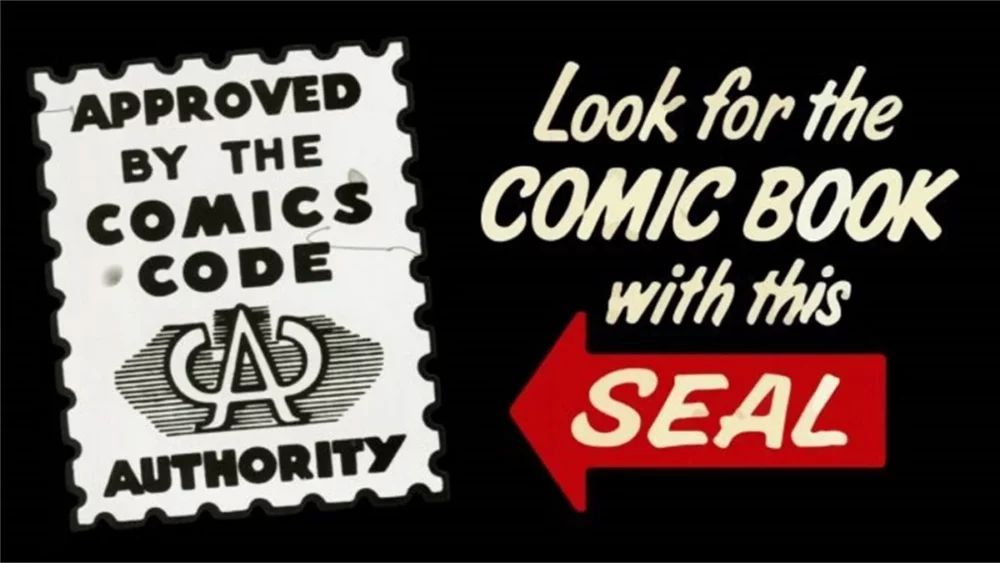Comics have a long and complicated history with censorship, dating back to the early 20th century. Previously, the release of a new comic book was like a game of roulette where you cannot fully be sure how society and the government will react to it, and unlike modern casinos, the authors did not have a 200% deposit casino bonus in UK. In this article, we will explore the history of censorship in comics, including notable controversies and their impact on the medium.
Early Controversies
In the early days of comics, controversy often centered around concerns about juvenile delinquency and the content of comic books. One of the first major controversies occurred in 1954 when psychiatrist Fredric Wertham published a book called “Seduction of the Innocent.” This led to a Senate subcommittee hearing on juvenile delinquency, which focused heavily on the content of comic books.
Comics Code Authority
In response to the controversy, the comic book industry established the Comics Code Authority, a self-regulatory organization that set standards for content in comics. The Comics Code Authority prohibited depictions of violence, gore, drug use, and other controversial themes, leading to a decrease in the diversity of content in comics.
Underground Comics
The emergence of underground comics in the 1960s and 1970s helped pave the way for alternative and independent comics. These comics often explore a wide range of themes and styles, including autobiographical and personal stories, social commentary, and experimental art.
Notable Cases of Censorship in Comics
- Censorship in comics has been an issue in many countries around the world, including in Europe. Here are a few examples:
- In France, the graphic novel “The Tintin in the Congo” has been criticized for its depiction of Africans as primitive and subservient to white colonialists.
- In Italy, the comic book “Valentina” was banned for its sexual content, and the creator was briefly arrested for obscenity.
- In the United Kingdom, there were several high-profile cases of censorship in the 1950s and 1960s, including the trial of the publisher of the horror comic “The House of Hammer” for obscenity.
Evolution of Comics and Censorship
While censorship of comics is still a topic of debate and concern in some areas of the world, the medium has come a long way from its early days of strict regulations and censorship. Here are a few examples:
- In the United States, the Comics Code Authority has been defunct since 2011, and many mainstream comics now tackle mature themes and address social issues that were once taboo.
- In other parts of the world, censorship of comics is still a more significant issue. For example, in China, the government regulates and censors comics, and some creators have been arrested or punished for their work.
Conclusion
Censorship has played a significant role in the history of comics, from the early days of concerns about juvenile delinquency to more recent debates about the appropriateness of certain themes and content. While censorship remains a contentious issue in some areas of the world, the medium has evolved and changed, with independent and alternative comics offering a space for creators to push boundaries and explore new forms of storytelling and artistic expression.


